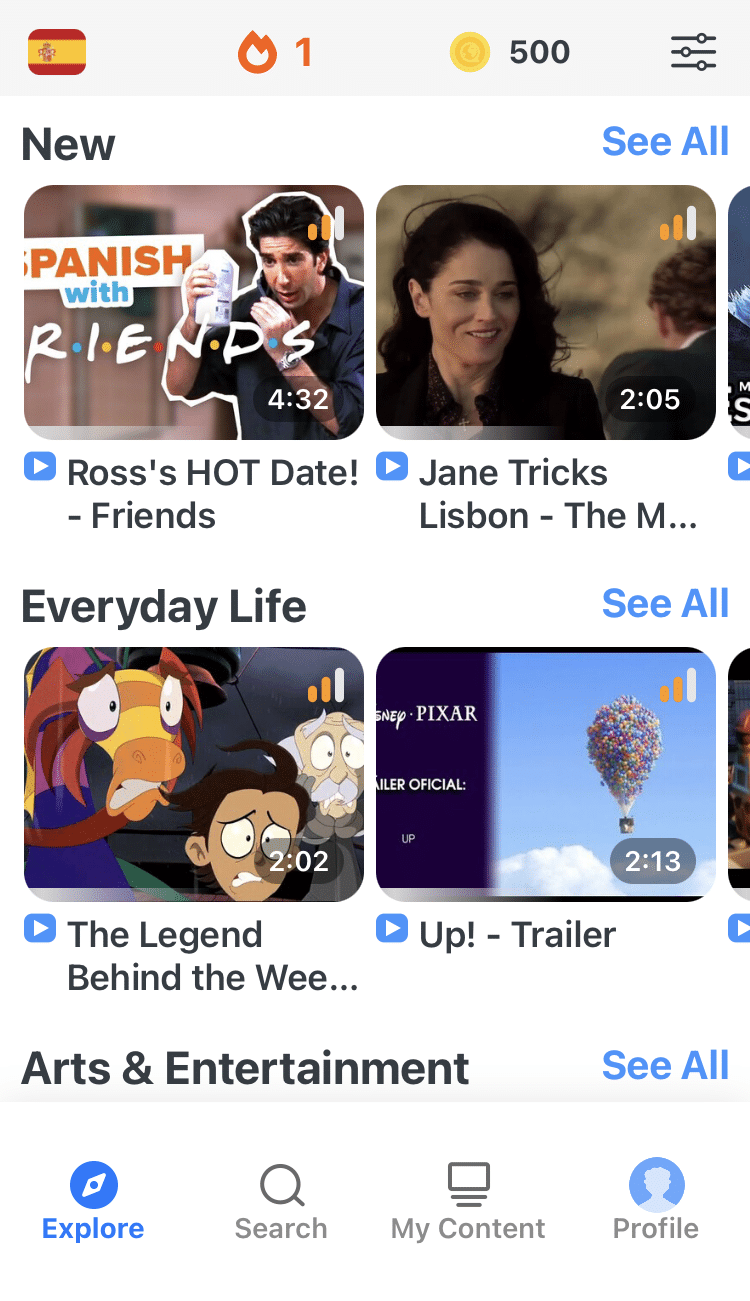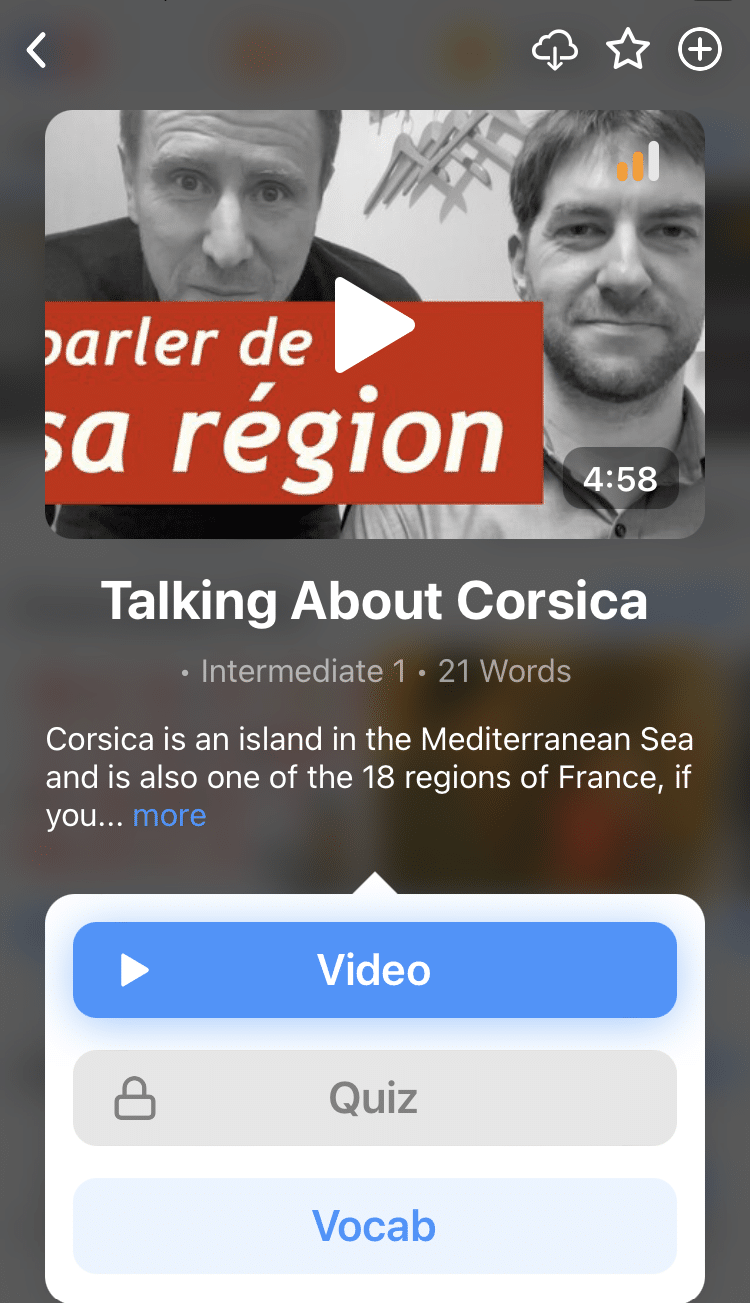
9 Influential Theories of Language Learning
Language is all around us and yet many of us find it challenging to pick up a new one.
Many of us wish to be more like those kids that we once were when we learned our first language. Simply absorbing things the way kids do without really thinking about the language must surely be our best bet, we convince ourselves.
But here’s the thing. We’re not kids anymore and we never will be again. So, what can you do if you want to learn a new language? That’s where language learning theories come in.
Theory, the most highly condensed form of thought based on principles and evidence, can help us as adults to excel in language learning in ways that would otherwise not be possible.
Of course, learning about language learning theory in no way needs to occupy the bulk of your time. By devoting just a fraction of your time to theory right now, you’ll reap benefits far beyond getting in an extra 10 minutes of studying. So without further ado, let’s start at the beginning.
Contents
- 1. Plato’s Problem
- 2. Cartesian Linguistics, by Descartes
- 3. Locke’s Tabula Rasa
- 4. Skinner’s Theory of Behaviorism
- 5. Chomsky’s Universal Grammar
- 6. Cognitive Theory
- 7. Schumann’s Acculturation Model
- 8. Krashen’s Monitor Model
- 9. Social Interactionist Theory
- And One More Thing...
Download: This blog post is available as a convenient and portable PDF that you can take anywhere. Click here to get a copy. (Download)
1. Plato’s Problem
The writings of Plato stretch all the way back to the beginnings of Western philosophical thought, but Plato was already posing problems critical to modern linguistic discourse.
In the nature versus nurture debate, Plato tended to side with nature, believing that knowledge was innate.
This was his answer to what has become known as Plato’s Problem, or as Bertrand Russell summarizes it: “How comes it that human beings, whose contacts with the world are brief and personal and limited, are nevertheless able to know as much as they do know?”
Being born with this knowledge from the get-go would naturally solve this little quandary and consequently he viewed language as innate.
2. Cartesian Linguistics, by Descartes
Centuries later, the French philosopher Descartes took a crack at linguistic philosophy. In his opinion, language acquisition was a simple and easy process, barely worthy of his attention.
Like Plato, he believed in the innateness of language because he thought it reflected the general rationality of human beings.
But rather than Descartes himself, it was the rationalist movement that he symbolized and that was thriving in the time period when he lived that was most important for linguistics.
This “Cartesian” movement, according to Chomsky (who we’ll get to later), noted the creativity involved in everyday language and presented the idea that there were universal principles behind every language.
3. Locke’s Tabula Rasa
Most people familiar with Locke’s philosophy have heard of his concept of tabula rasa, or the blank slate.
To state it briefly and in a simplified manner, this is the idea that all knowledge comes from outside ourselves through sensory experience rather than through innate knowledge that we have at birth.
This naturally carried over to language theory with Locke rejecting the idea that there was an innate logic behind language.
Obviously, these theories don’t touch too much on the practical, everyday level of language learning. They’re far less detailed and more philosophical than the modern scientific theories we’re used to. But they have important implications.
If Plato and the Cartesians are right, then the emphasis in language learning must lie on what we already know, using our innate abilities to come to an understanding of the particularities of a specific language. If Locke is right, then we must focus our attention on sensory input, gaining as much external input as possible.
4. Skinner’s Theory of Behaviorism
In the middle of the 20th century, B.F. Skinner took Locke’s ideas of sensory input and ran with them.
According to behaviorism, all behavior is no more than a response to external stimuli and there’s no innate programming within a human being to learn a language at birth.
In his concept of what he called “operant conditioning,” language learning grew out of a process of reinforcement and punishment whereby individuals are conditioned into saying the right thing.
For instance, if you’re hungry and you’re able to say “Mommy, I’m hungry,” you may be rewarded with food and your behavior will thereby be reinforced since you got what you wanted.
To put it another way, Skinner described a mechanism for language learning that hadn’t existed before on the tabula rasa side of the language acquisition debate.
What this means for us as language learners, should his theory be even partially true, is that a process of conditioning must be achieved for us to succeed.
When we say the right thing, we must be rewarded. When we say something incorrectly, that too must be made clear. In other words, we need feedback to succeed as language learners.
5. Chomsky’s Universal Grammar
Around the same time as Skinner, Noam Chomsky, one of the most influential nativist theorists, proposed another theory called Universal Grammar (the 1950s) and it would assert nearly the exact opposite of what Skinner had offered in his theory.
Where Skinner saw all learning coming from external stimuli, Chomsky saw an innate device for language acquisition. What Skinner understood to be conditioning according to particular events Chomsky, understood to be the result of the universal elements that structure all languages.
In fact, one of Chomsky’s major bones to pick with Skinner’s theory had to do with Plato’s problem, as described above. After all, if Skinner is right, how is it that children can learn a language so quickly, creating and understanding sentences they have never heard before?
Universal Grammar has also received plenty of criticism. One critique that particularly concerns us is that it may have little to do with learning a second language, even if it’s how we learn a first language.
There are certainly theories about applying this concept to organize syllabi for language learning, but this seems unnecessarily complex for the average, independent learner.
6. Cognitive Theory
The Cognitive Theory of language acquisition made its mark in the late 20th century, influenced by the pioneering work of Swiss psychologist Jean Piaget. This theory emphasizes the role of cognitive processes like memory, attention and problem-solving in language learning journey. In other words, it says that to speak a language you don’t just need words and grammar; it also important to have meaningful and engaging experiences.
When it comes to learning a foreign language, the Cognitive Theory serves up a fresh perspective. Stop passively memorizing vocabulary lists and start applying your language knowledge in practical, real-world contexts!
It’s all about language input and exposure. Just like children thrive on exposure to their native language, adults benefit from authentic materials. So dive into literature, immerse yourself in videos, and engage in real-life conversations – these experiences provide a diverse palette of language structures and vocabulary.
But the Cognitive Theory doesn’t stop there. It recognizes the power of metacognitive strategies in your language learning journey. Think of it as the captain steering the ship. Strategies like self-monitoring, self-assessment, and reflection become your compass. They help you navigate the language-learning waters, fine-tune your course, and adapt your language usage as you go. In other words, they’re your secret weapons in regulating your learning and becoming a more effective language learner!
7. Schumann’s Acculturation Model
John Schumann’s Acculturation Model describes the process by which immigrants pick up a new language while being completely immersed in that language.
This theory doesn’t deal with the process of language learning as we normally think of it (such as how we acquire grammar or listening skills), but rather focuses on social and psychological aspects that influence our success.
For instance, an immigrant is more likely to acquire their new target language if their language and the target language are socially equal, if the group of immigrants is small and not cohesive and if there is a higher degree of similarity between the immigrant’s culture and that of their new area of residence.
The obvious takeaway is that language learning is not an abstract subject like physics that can be learned out of a book regardless of the world around you. There are sociological factors at play, and the more we do to connect with the culture on the other end of our second language, the faster and easier it will be for us to learn that language.
For example, as a language learner, one way you could interact with the cultural context that imitates the immersion experience is with a program such as FluentU.
FluentU takes authentic videos—like music videos, movie trailers, news and inspiring talks—and turns them into personalized language learning lessons.
You can try FluentU for free for 2 weeks. Check out the website or download the iOS app or Android app.
P.S. Click here to take advantage of our current sale! (Expires at the end of this month.)

8. Krashen’s Monitor Model
Stephen Krashen’s Monitor Model in fact consists of several distinct hypotheses which make up what is probably the most cited theory in second language acquisition. There’s so much to take away from Krashen’s theory that I’ll just let you peruse the link given for details and give a rundown of the highlights here.
- Language acquisition is subconscious and results from informal, natural communication.
- Language learning is conscious and driven by error correction (more formal).
- Grammar structures are acquired in a predictable order.
- Language acquisition occurs with comprehensible input (i.e. hearing or reading things that are just slightly above our current language level).
- A monitor is anything that corrects your language performance and pressures one to “communicate correctly and not just convey meaning” (such as a language teacher who corrects you when you make a grammatical mistake).
It should be noted that this is just Krashen’s theory. While this theory is quite popular, there has been criticism and direct contradiction of certain parts of it (particularly his idea about the predictable order of grammar structures). Still, it’s useful to get ideas for language learning.
This theory suggests that we should both strive to increase our second language inputs and make sure we receive proper error correction in one form or another.
9. Social Interactionist Theory
Lev Vygotsky’s Social Interactionist Theory of language acquisition is all about the power of social interaction in your language learning journey. According to this theory, language isn’t a solo endeavor and is shaped by the interactions and collaborations with people around you within your cultural context.
It emphasizes the profound impact of authentic interactions and collaborations. To learn effectively, it’s not just about your innate abilities, but also about immersing yourself in social and cultural environments. When you interact with native speakers, you can observe, imitate, and receive immediate feedback and corrections – a real-life language lab at your disposal.
The Social Interactionist Theory doesn’t stop at language alone. It understands the inextricable connection between language and culture. To truly master a foreign language, you need to grasp the cultural nuances intertwined with it. Dive deep into the traditions, practices, and perspectives of the language you’re studying.
As this selection of important theories should make clear, the subset of linguistics which deals with language learning is both wide and deep.
Some of it is highly theoretical and complex and is most relevant to scholars of the field. Other parts are extremely zoomed in and tell us highly specific details about how to learn a language.
Regardless, it’s all connected.
By understanding more bits and pieces of it all, you’ll gradually begin to understand yourself and your own language learning process better than ever before.
Download: This blog post is available as a convenient and portable PDF that you can take anywhere. Click here to get a copy. (Download)
And One More Thing...
If you dig the idea of learning on your own time from the comfort of your smart device with real-life authentic language content, you'll love using FluentU.
With FluentU, you'll learn real languages—as they're spoken by native speakers. FluentU has a wide variety of videos as you can see here:
FluentU has interactive captions that let you tap on any word to see an image, definition, audio and useful examples. Now native language content is within reach with interactive transcripts.
Didn't catch something? Go back and listen again. Missed a word? Hover your mouse over the subtitles to instantly view definitions.
You can learn all the vocabulary in any video with FluentU's "learn mode." Swipe left or right to see more examples for the word you’re learning.
And FluentU always keeps track of vocabulary that you’re learning. It gives you extra practice with difficult words—and reminds you when it’s time to review what you’ve learned. You get a truly personalized experience.
Start using the FluentU website on your computer or tablet or, better yet, download the FluentU app from the iTunes or Google Play store. Click here to take advantage of our current sale! (Expires at the end of this month.)





